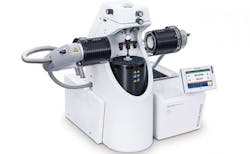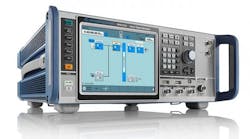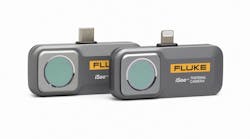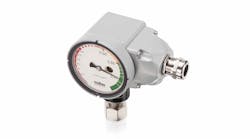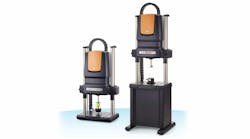A Dynamic Mechanical Analyzer is used to determine the viscoelastic properties of a material as a function of temperature, time, and frequency while subjecting the material to an oscillating stress. The DMA/SDTA 1+ covers a wide stiffness and frequency range and is thus the perfect solution where maximum accuracy is a must.
The DMA/SDTA 1+ delivers high-quality results for modulus values and is in many respects very different from conventional DMA instruments in that it measures both force and displacement. A sophisticated automatic switch mode controls the measurement and automatically changes from force-controlled to displacement-controlled. This is particularly important for stiff samples (force-controlled analysis) that become soft when they are heated (displacement-controlled).
The frequency range of the oscillating stress has been extended to the 1000 Hz range. In shear mode, six frequency decades are available. The region above 1 Hz is particularly important because it means that the measuring times can be kept to a minimum.
Special care was taken to develop a system that allows precise temperature control and adjustment. For this, an additional sensor was introduced, which measures sample temperature very close to the sample. This permits calibrations that are based on the melting points of pure substances. Moreover, the temperature sensor also allows thermal effects to be simultaneously measured by SDTA – useful for monitoring curing reactions.
METTLER TOLEDO introduced a unique sample holder system in the DMA/SDTA, which enables sample preparation and mounting to take place externally, for quick insertion inside the instrument. The concept also allows the user to change from one deformation mode to another without performing an adjustment; users can also prepare samples unhindered while a measurement is in progress. The resulting benefits in terms of accuracy and time-effectiveness are unquestionable.
Finally, the touch-sensitive color terminal on the DMA/SDTA 1+ presents clear and precise information and is easily seen from a distance. It monitors the sinusoidal excitation function. This is extremely important at the start of a measurement as the curve shape presented on the terminal is indicative of whether the sample has been properly inserted in the sample holder.
Features:
- Unique measurement of both displacement and force results in a very accurate determination of moduli
- Wide force range from 1 mN to 40 N allows you to measure very soft and very stiff samples
- Broad frequency range from 0.001 to 1000 Hz means you can perform measurements under real conditions or more rapidly at higher frequencies
